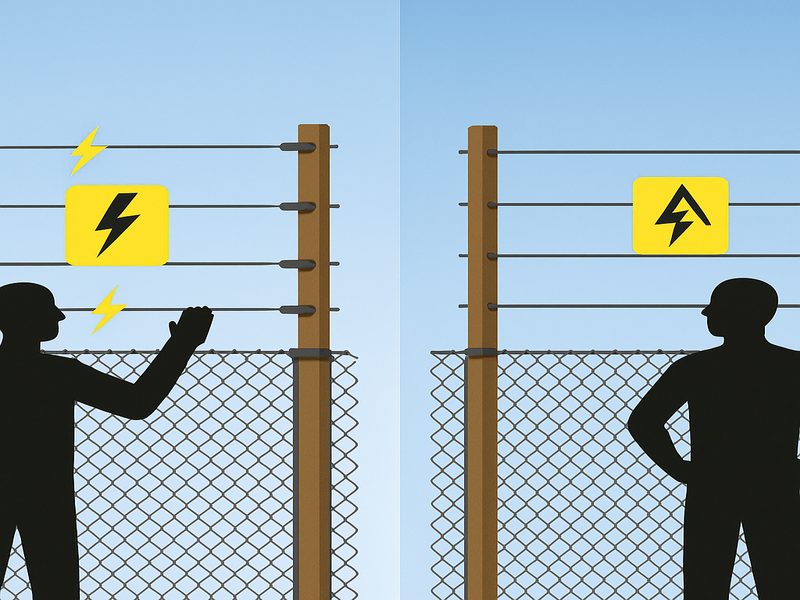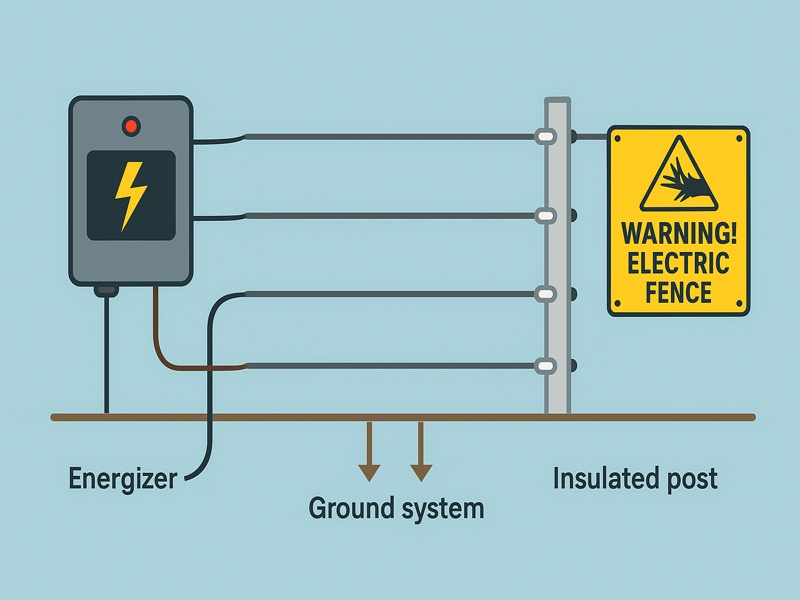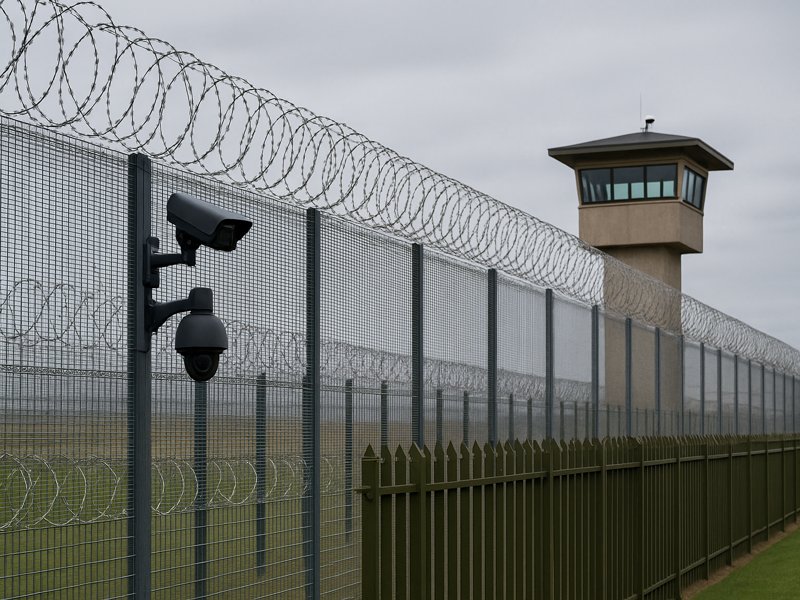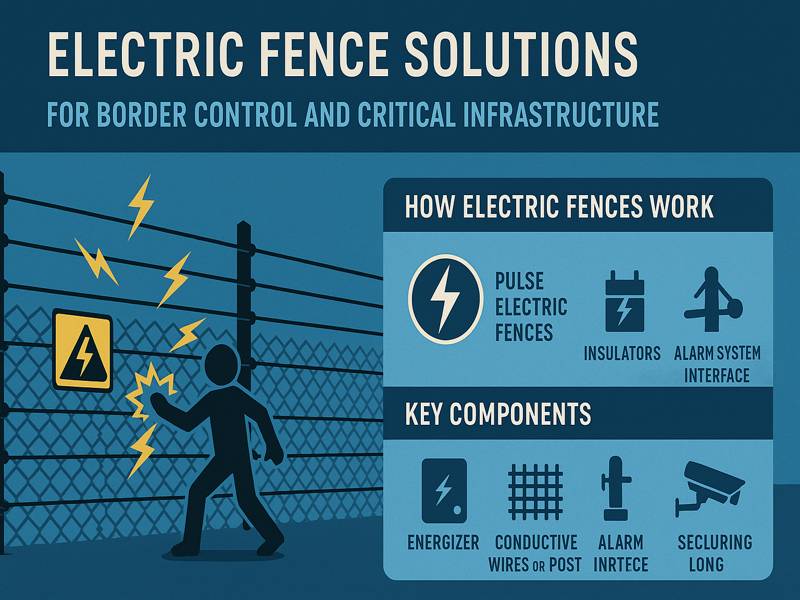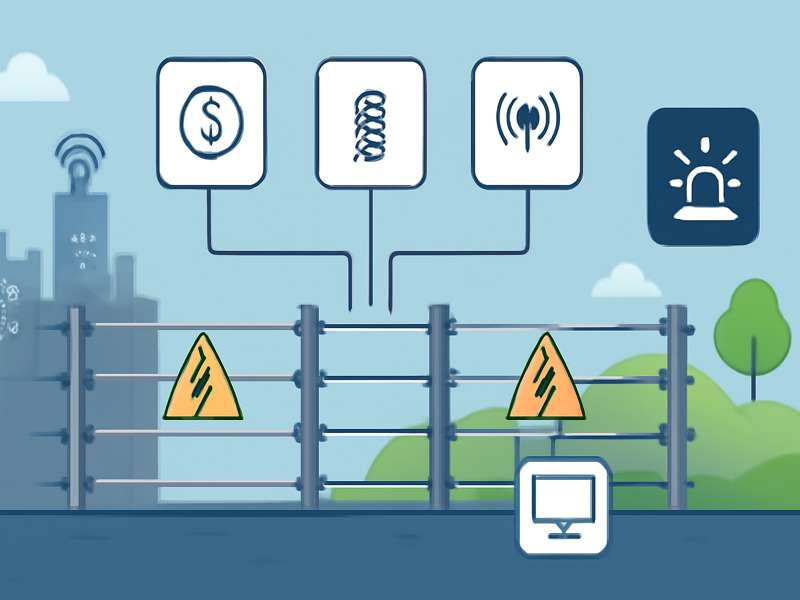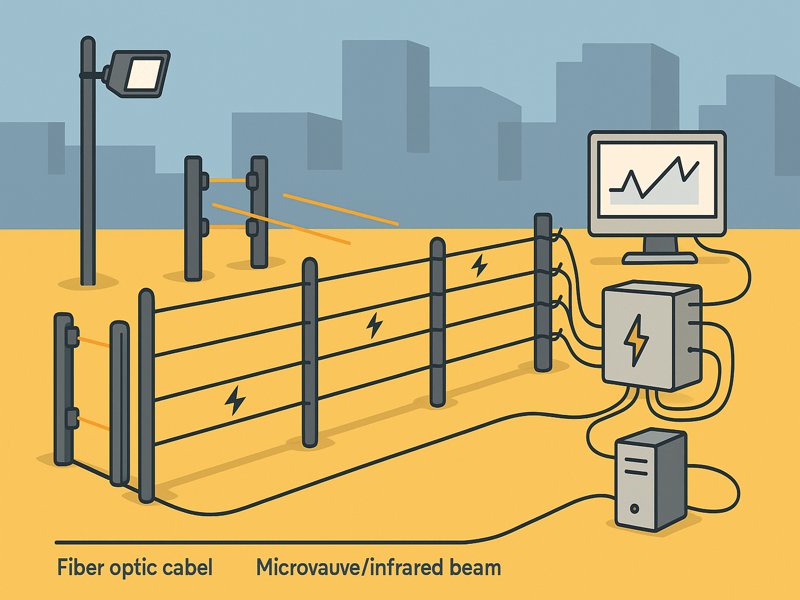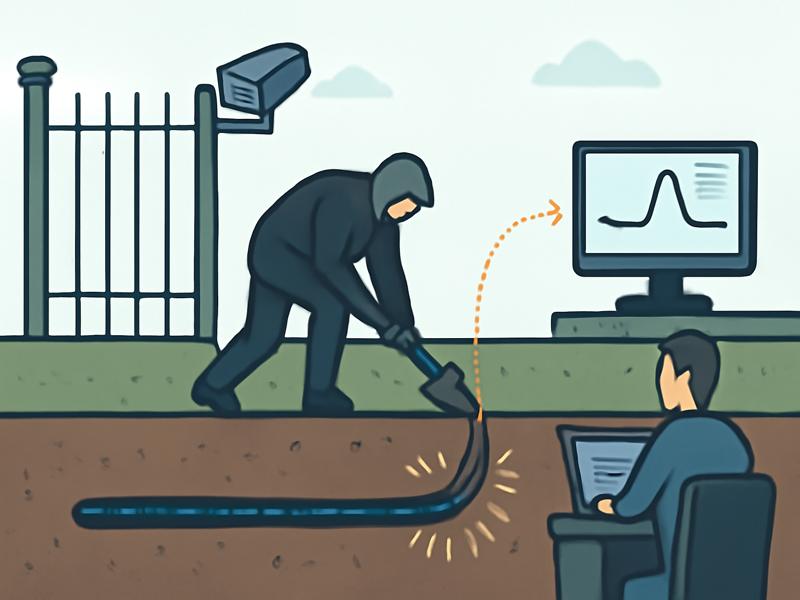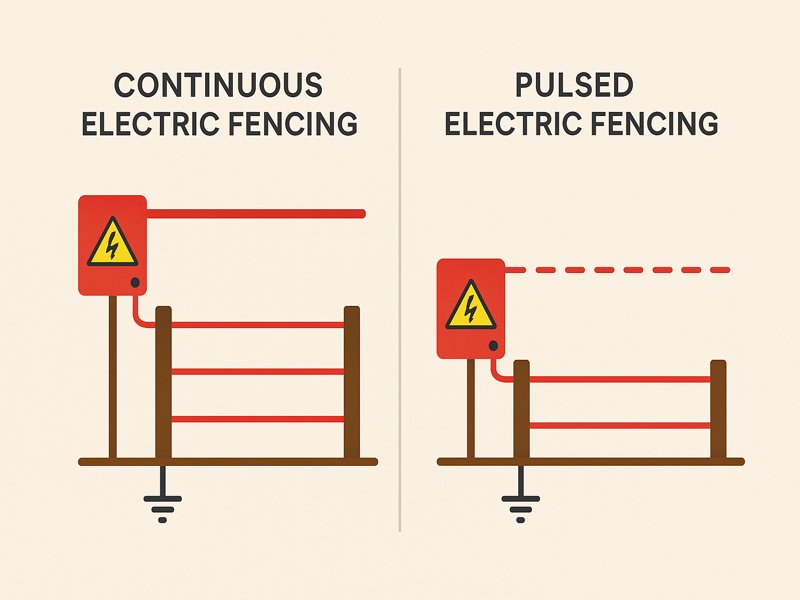Latest News
- Filter
- Date: Aug 26, 2025
- Theme: Information Guides
- Date: Jul 18, 2025
- Theme: Information Guides
- Date: Jul 18, 2025
- Theme: Information Guides
- Date: Jul 17, 2025
- Theme: Information Guides
- Date: Jul 2, 2025
- Theme: Information Guides
- Date: Jul 2, 2025
- Theme: Information Guides
- Date: Jul 2, 2025
- Theme: Information Guides
- Date: Jul 1, 2025
- Theme: Information Guides
- Date: Jun 26, 2025
- Theme: Information Guides
- Date: Jun 25, 2025
- Theme: Information Guides
